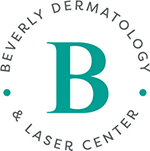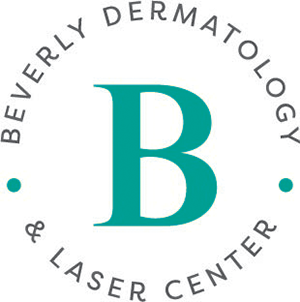Shingles (Herpes Zoster)
About Shingles (Herpes Zoster)
What is it?
Shingles is the reactivation of the varicella-zoster virus, the same virus that causes chickenpox. Shingles (Herpes Zoster) is a viral infection that causes a painful rash and can occur anywhere on your body but most often appears as a single stripe of blisters that wraps around either the left or right side of your torso. The virus isn’t life-threatening, but it can be very painful. Early treatment can help shorten a shingles infection and lessen the chance of complications. Vaccines can help reduce the risk of shingles.
A few days before the rash appears, you may have pain, burning, or tingling on an area of your skin where the rash will develop. Some people say they felt an “electrical sensation” on their skin before getting the rash. Some people get more blisters after the rash appears, so it can seem that the rash is spreading and developing in other areas.
What causes it?
Shingles is caused by the reactivation of the varicella-zoster virus, the same virus that causes chickenpox. After you’ve had chickenpox, the virus can go dormant in nerve tissue near your spinal cord and brain. You can catch this virus again, but as an adult, it becomes the shingles. This virus is not a life-threatening condition, but it can be very painful and last for a long period of time. Vaccines can help reduce the risk of shingles and it’s severity, also early treatment can help shorten a shingles infection. Shingles is a viral infection that causes a painful rash and then can become blisters. Although shingles can occur anywhere on your body, it most often appears as a single stripe of blisters that wraps around either the left or the right side of your torso. If you think you have shingles, call us today for an appointment, as early treatment can lessen the effects.
Common treatments
The good news about Shingles is that it’s not life-threatening and can be treated. If you think you have this virus, schedule an appointment with your dermatologist as soon as possible. Catching the virus in the first 3 days can reduce the effects significantly like pain, lessen the amount of time you have it, and lower the risk of developing other health conditions. Prescription antiviral medication may be used and will reduce the severity of the rash, and possibly the length it stays active. Common medications that are prescribed can be acyclovir, famciclovir, or valacyclovir. If you are experiencing severe pain let your doctor know, and they will either prescribe medication to reduce the inflammation and pain or suggest over-the-counter medication like Acetaminophen or Ibuprofen. Always check with your doctor first before using any medication.
The majority of people get shingles once, but it’s possible to get it again. If you are healthy and have a strong immune system, the blisters tend to clear in 7 to 10 days. Rashes tend to go away completely within 2 — 4 weeks, check with your dermatologist on how to treat the blisters so they don’t scar. The pain may last longer than the blisters but usually stops in a couple of months. Be sure to communicate with your doctor if you continue to have pain or blisters. The key to this virus is catching it as soon as you think you have it, this will reduce the effects of the virus. If you think you have shingles call an office today and make an appointment.


